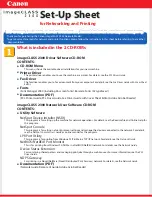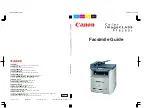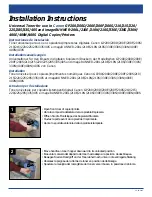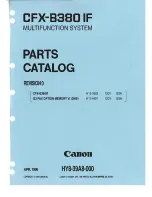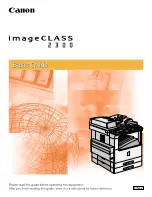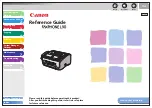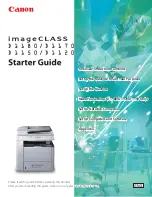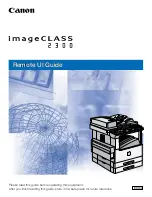
Programming for the Epic 950
Epic 950
OEM Integration Manual
95-05245
Rev G
Page 63
Bar Code Objects
A bar code object is created by the print bar code command (
GS k
). Specified within the
command is the symbology to be used, amount of data to be encoded, and data itself.
Other attributes of the bar code, such as height and width, can be set using other
commands.
The set bar code height command (
GS h
) specifies the height of the bar code in dots, or
1/8 mm. The maximum height for a bar code is 256 dots or 32 mm. In cases where a
taller bar code is needed, a second bar code can be printed below the first at the same
left offset. The set bar code module width (
GS w
) and set bar code element width (
GS
W
) commands can be used to alter the width of the bar code. See the command
descriptions later in the next section for a full explanation of the differences between
these two commands.
The limitations of each symbology must be adhered to when sending data for a bar
code. For example, you should not send alphabetic characters to symbologies that only
accept numeric data (like the UPC/EAN symbology).
Other items must also be considered when printing bar codes:
(If any of these items are ignored, the printed bar code may be unreadable.)
•
Sufficient blank space on either side of the bar code must be left to create a quiet
zone.
•
A good ratio/element size must be selected if the default values are not being
used.
•
Adequate room must be available for the bar code to be printed on the ticket.
•
Bar codes may only be printed in black, for accurate infrared scanning, using
thermal media with a visible light absorption of 600-700 nm for black printing.
A bar code object is self-terminating and will be processed as soon as the proper
amount of data has been sent to it. The print bar code command’s (
GS k
) second
parameter specifies whether a fixed amount of data will be sent or whether delimiters will
be used. In either case, the data sent must match the parameter setting. If a fixed
number of characters are specified, then the exact number of characters specified must
be sent. If delimiters are indicated, then matching characters must be sent before and
after the bar code data to specify the beginning and end of the data. If an incorrect
number of characters or delimiters are sent, the Epic 950 will not print correctly.
Bar codes that are too long to fit within the printable area of a ticket are truncated. This
usually results in an unreadable bar code being printed. To correct this condition, a
narrower ratio must be set, fewer digits encoded, or a more compact symbology used.
Bar codes
Codabar
Code 3 of 9
Code 128-A
Code 128-B
Code 128-C
Summary of Contents for Epic 950
Page 1: ...Epic 950TM OEM Integration Manual P N 95 05245 Rev G Feb 2007...
Page 2: ......
Page 3: ...This page intentionally left blank...
Page 4: ......
Page 12: ......
Page 13: ...95 05245 Rev G Page 1 chapter 1 Introducing Your Epic 950 Printer...
Page 14: ...Page 2 Rev G 95 05245 This page intentionally left blank...
Page 20: ......
Page 21: ...95 05245 Rev G Page 9 chapter 2 Epic 950 Specifications and Requirements...
Page 22: ...Page 10 Rev G 95 05245 This page intentionally left blank...
Page 31: ...95 05245 Rev G Page 19 chapter 3 Mounting Requirements...
Page 32: ...Page 20 Rev G 95 05245 This page intentionally left blank...
Page 36: ......
Page 38: ...Page 26 Rev G 95 05245 This page intentionally left blank...
Page 42: ......
Page 43: ...95 05245 Rev G Page 31 chapter 5 Electrical Connections...
Page 44: ...Page 32 Rev G 95 05245 This page intentionally left blank...
Page 55: ...95 05245 Rev G Page 43 chapter 6 Operational Procedures...
Page 56: ...Page 44 Rev G 95 05245 This page intentionally left blank...
Page 67: ...95 05245 Rev G Page 55 chapter 7 Programming for the Epic 950...
Page 68: ...Page 56 Rev G 95 05245 This page intentionally left blank...
Page 85: ...95 05245 Rev G Page 73 chapter 8 Command Reference...
Page 86: ...Page 74 Rev G 95 05245 This page intentionally left blank...
































